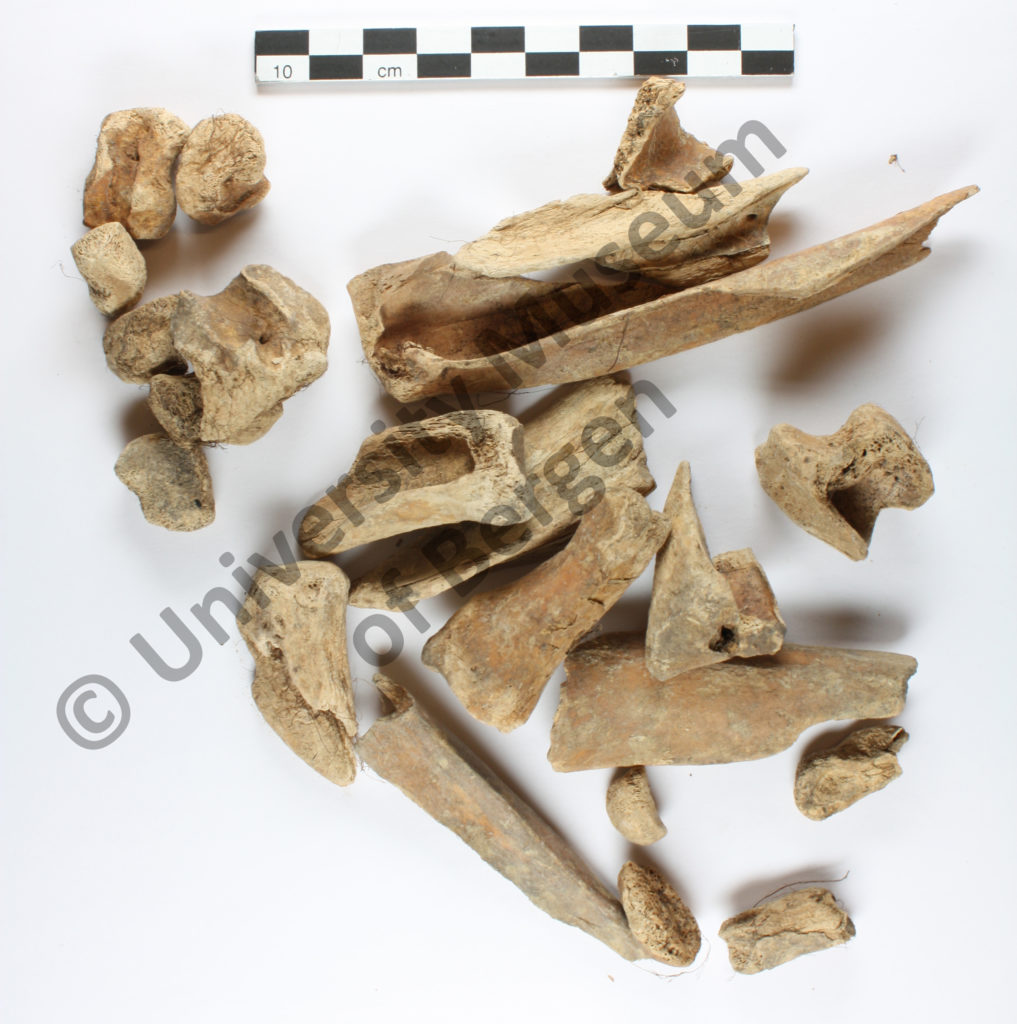
Stable isotopes (isotopes are atoms of the same chemical element that have the same number of protons, but an unequal number of neutrons) are omnipresent. They end up in our (and every beings’) body tissue through consumption, making us a combination of the things we have eaten. The ratios in which isotopes occur in nature varies from species to species, from climate zone to climate zone, from ecosystem to ecosystem. This allows us to trace the origin and diet of an individual by analysing the stable isotopes in its bones to a certain degree. We analysed bones of three modern extant wild reindeer populations for their stable isotopic composition, and had a look at reindeer bones from archaeological excavations on the Hardangervidda mountain plateau. The modern reindeer came from regions that have different vegetations and different climatic conditions. The results of the stabel isotope analysis reflected this well. Although the zooarchaeological bone samples were from three different time periods with different climatic conditions, they were still more similar to each other than to the other regions.
Takken Beijersbergen, L.M., R. Fernandes, P.T. Mørkved & A.K. Hufthammer, 2021. Temporal and spatial variability of bone collagen stable carbon and nitrogen isotopic ratios of Norwegian reindeer, Journal of Archaeological Science: Reports 37, 102890, https://doi.org/10.1016/j.jasrep.2021.102890.